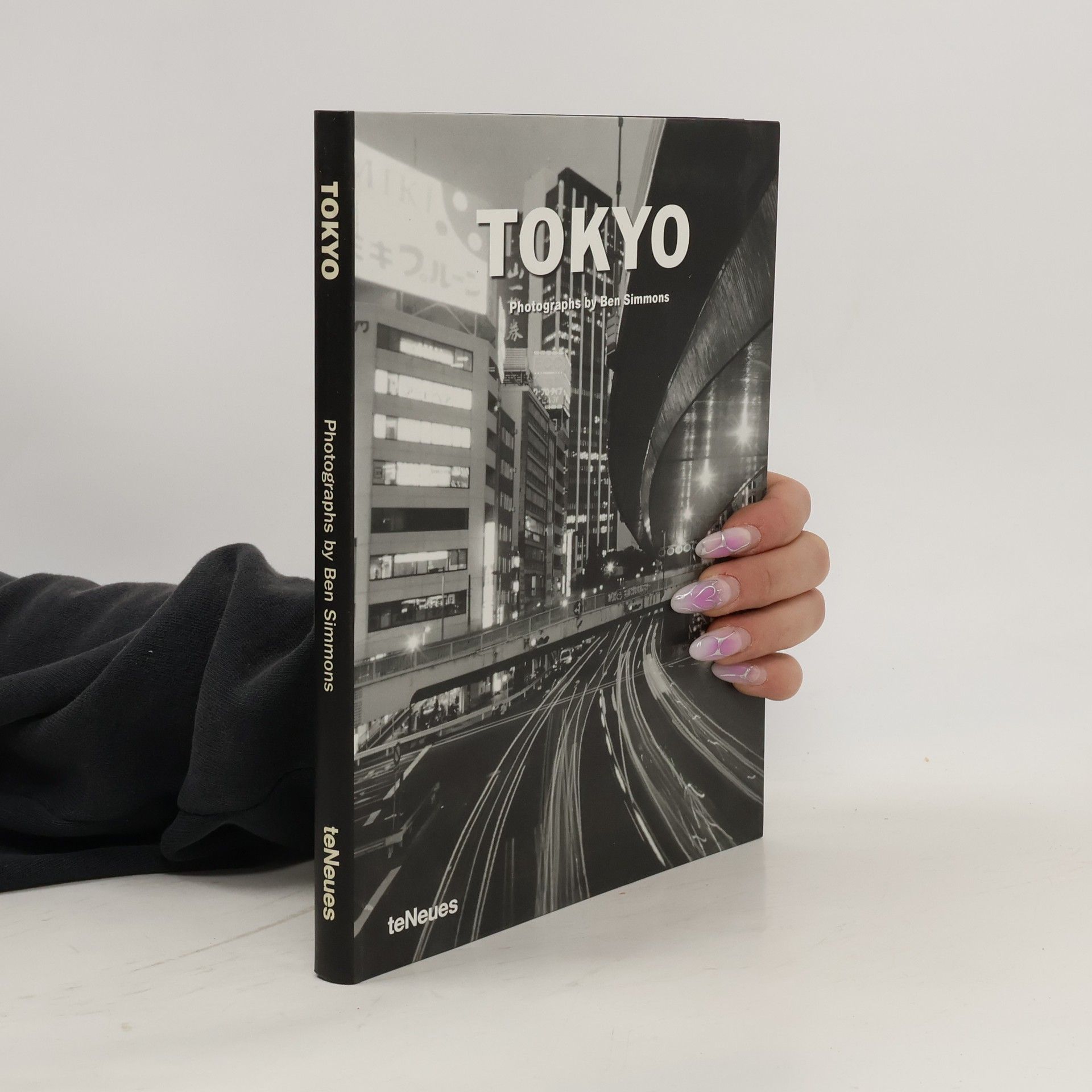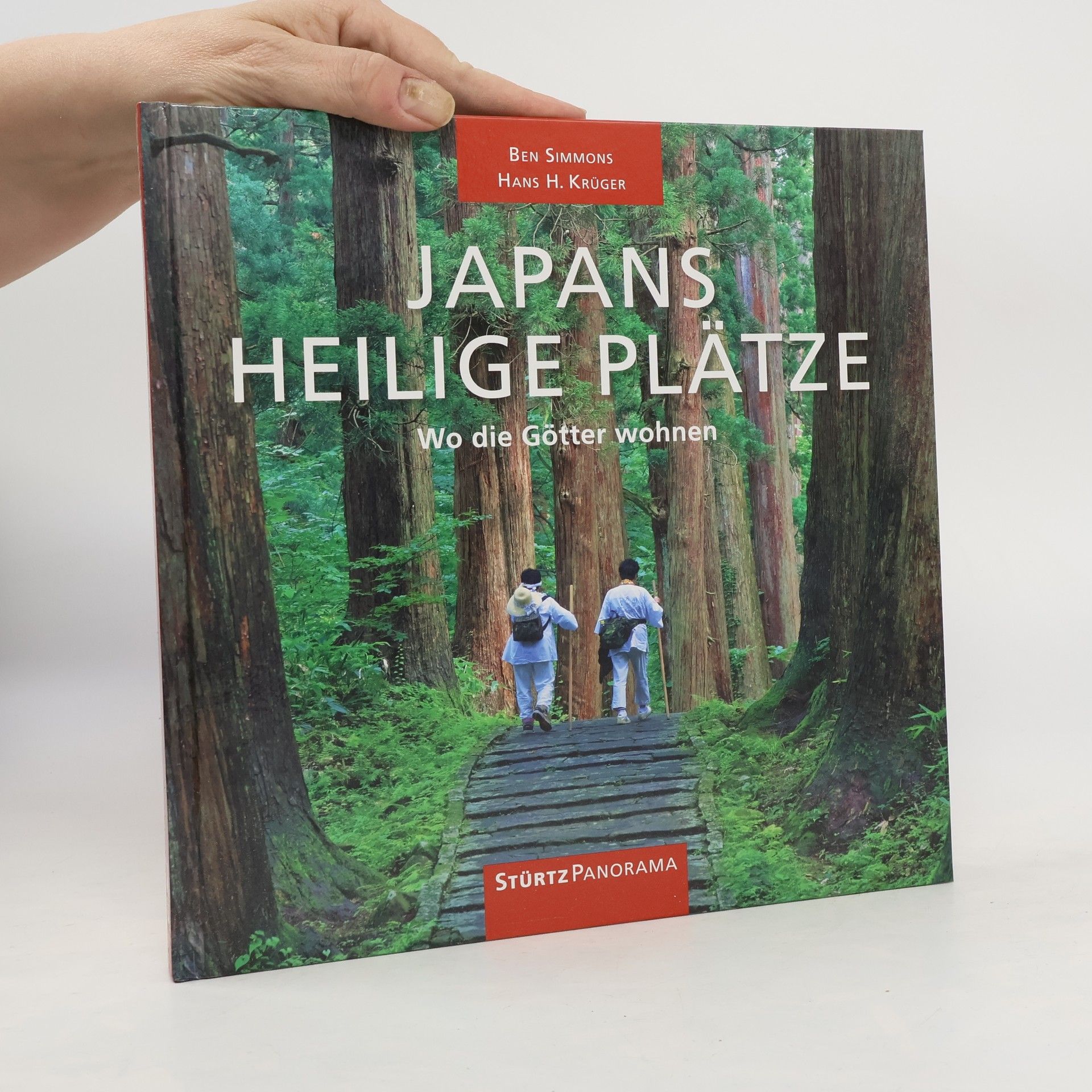The Little Book of Kyoto is a celebratory visual guide to one of the world's truly unique cities. Kyoto was Japan's imperial capital for one thousand years, as well as its cultural birthplace. A companion to the best-selling The Little Book of Japan, this captivating volume weaves words and images to form a rich tapestry of the fantastic sights of Kyoto, including dozens of World Heritage Sites, Zen gardens, temples, shrines, shopping areas, festivals, and food. A series of forty-eight highlights, organized into four chapters, cover Kyoto's imperial legacy, culture and customs, Zen heritage, top attractions, and its essential spirit. Veteran photojournalist Ben Simmons continues a journey of discovery begun over twenty-five years ago, seeking fresh insights and an immersive take on this endlessly compelling city. Explore its history, art, cultural commentary, and Japanese travel tips. Small enough to carry anywhere, this book is the perfect guide to accompany travelers on their trip to Kyoto--whether visiting for the first time or simply taking a more in-depth look beneath the surface of this ancient capital.
Ben Simmons Livres






Japanese Architecture
- 224pages
- 8 heures de lecture
Thick thatched roofs and rough mud plaster walls. An intricately carved wood transom and a precisely woven tatami mat—each element of traditional Japanese architecture tells a story. In Japanese Architecture, author Mira Locher explores how each of these stories encompasses the particular development, construction, function and symbolism inherent in historic architectural elements. From roofs, walls and floors to door pulls and kettle hangers, Japanese Architecture situates these elements firmly within the natural environment and traditional Japanese culture. Japanese architecture developed with influences from abroad and particular socio-political situations at home. The resulting forms and construction materials—soaring roofs with long eaves, heavy timber structures of stout columns supporting thick beams, mud plaster walls flecked with straw and sand and the refined paper-covered lattice shoji screen—are recognizable as being of distinctly Japanese design. These constructed forms, designed with strong connections to the surrounding environment, utilize natural construction materials in ways that are both practical and inventive. This fascinating architecture book provides a comprehensive perspective of traditional Japanese architecture, relating the historical development and context of buildings and the Japanese garden while examining the stories of the individual architectural elements, from foundation to roof.
Take a photographic journey through the modern marvels and historical treasures of Tokyo with this informative, portable Japan travel guide. In The Little Book of Tokyo, veteran photojournalist Ben Simmons continues a quest he began over two decades ago to seek out and share his creative viewpoint and insider's perspective. Small enough to carry while traveling in Japan, this book is an ideal travel companion for a Tokyo experience, whether you're planning a trip, already on your way, or merely dream of going. A series of 50 informative mini essays are organized into four chapters: Tokyo's Edo Legacy Tokyo Towns City Perspectives Spirit of Tokyo The Little Book of Tokyo is the perfect introduction to this enchanting, ultra-modern megacity and provides an immersive take on Tokyo combining Japanese history, photography and cultural commentary. It weaves a tapestry of the city's many unique idiosyncrasies, offering strategies for exploring the High City to the Low City, Tokyo Bay to the top of Tokyo Skytree, and the most critical places and happenings in between, including architecture, festivals, and landmarks. It also beautifully captures the many inhabitants of Tokyo, painting a rich and multi-faceted picture of this capital city.
Zen Garden Design
- 160pages
- 6 heures de lecture
Zen Buddhist priest Shunmyo Masuno understands that today's busy world leaves little time or space for self-reflection, but that a garden--even in the most urban of spaces--can provide some respite. In his words, "The garden is a special spiritual place where the mind dwells." With this in mind, Masuno designs spectacular Japanese gardens and landscapes with the aim of helping people achieve a balanced life in the 21st century. This book explores Masuno's design process and ideas, which are integral to his daily Zen training and teachings. It features 16 unique gardens and contemplative landscapes completed since 2012 in six countries--all thoughtfully described and documented with full-color photos and drawings. Readers will also find an insightful essay on Masuno's philosophy of garden design and a conversation between the designer and famed architect Terunobu Fujimori. Zen Garden Design provides an in-depth examination of Masuno's gardens and landscapes--not just as beautiful spaces, but as places for meditation and contemplation.
Tokyo
- 120pages
- 5 heures de lecture
